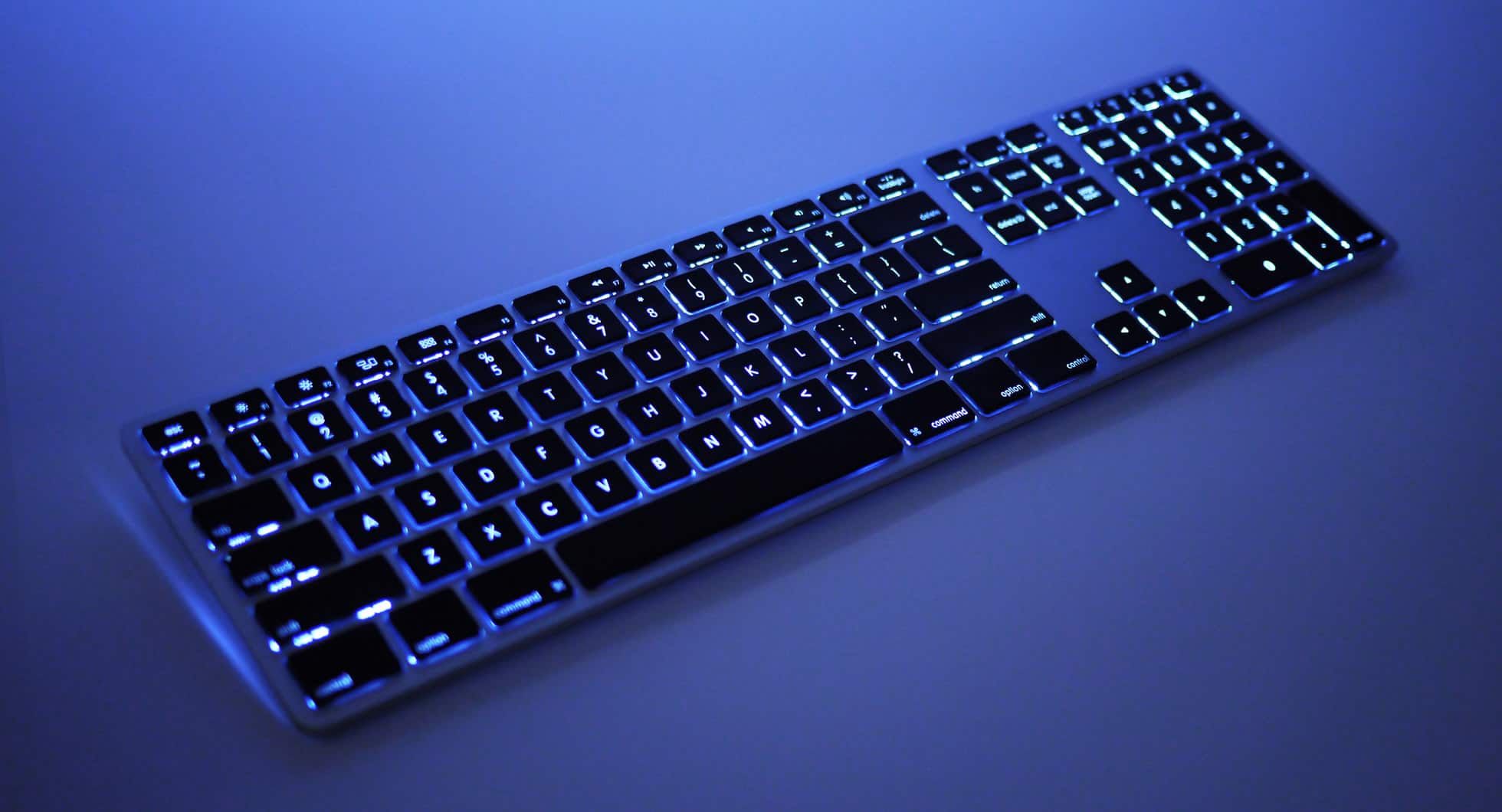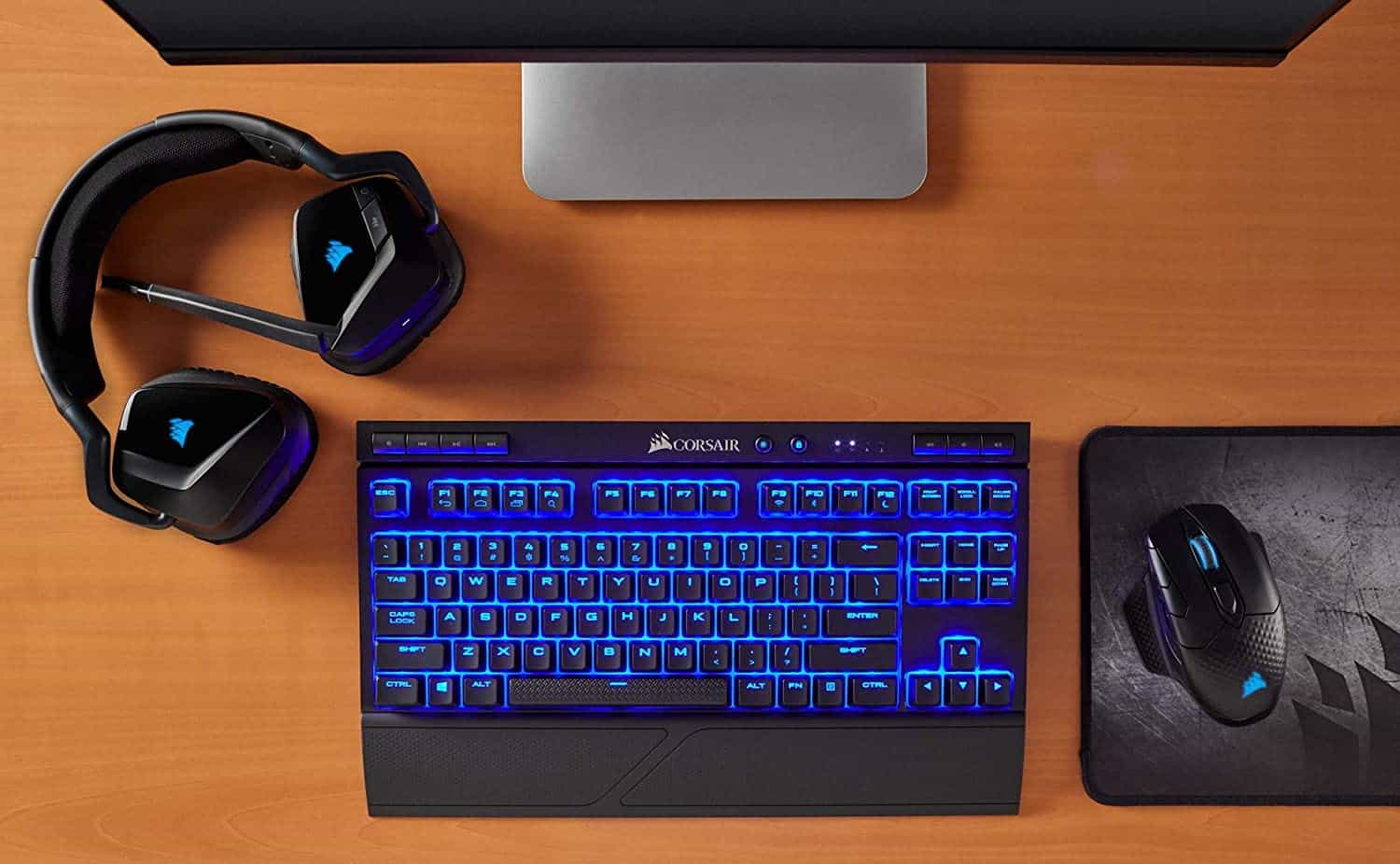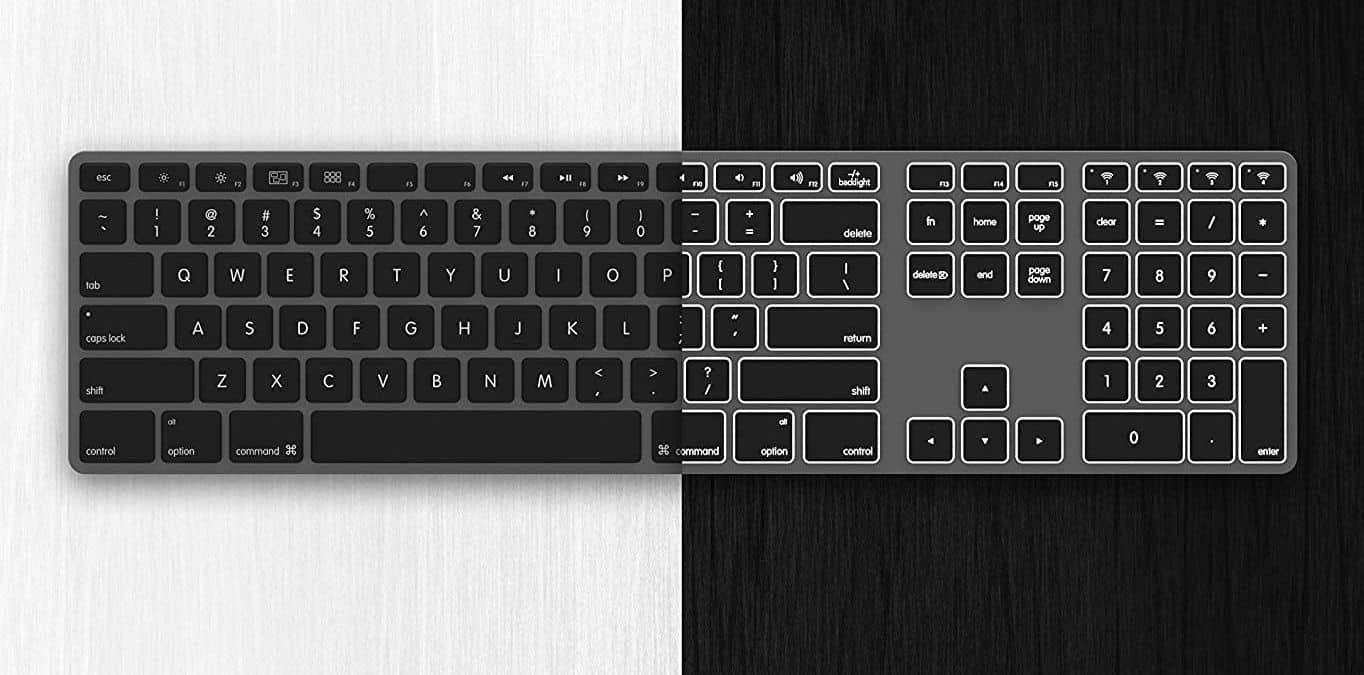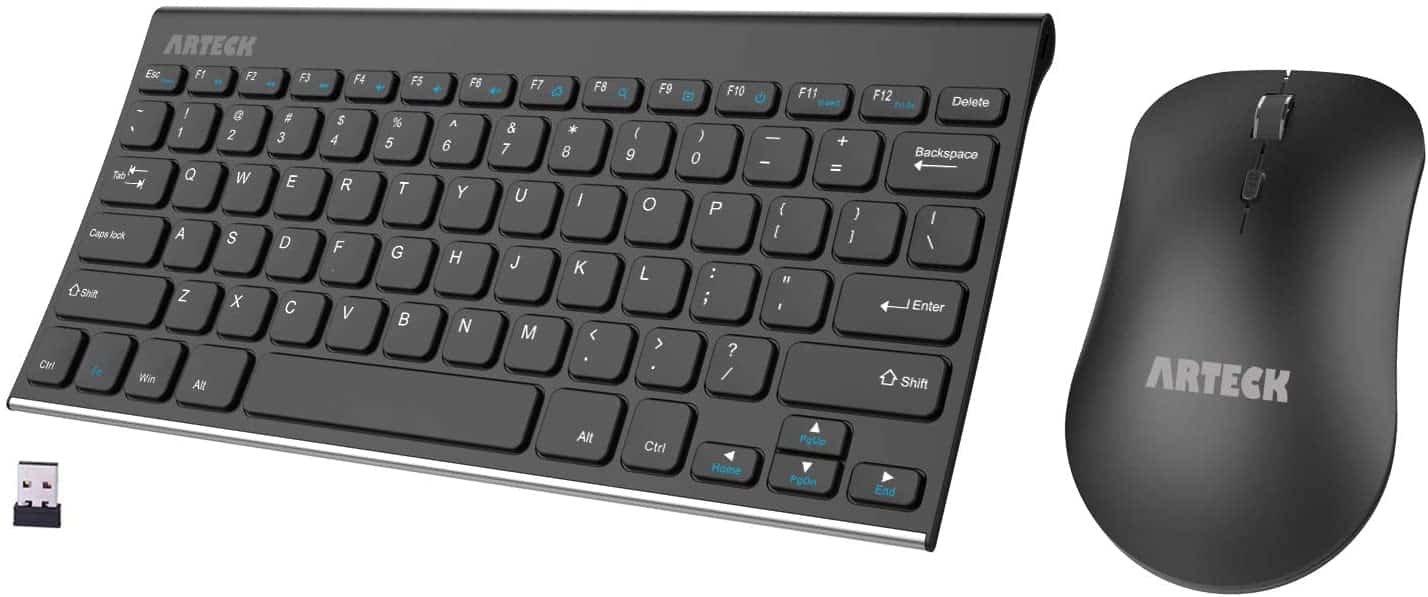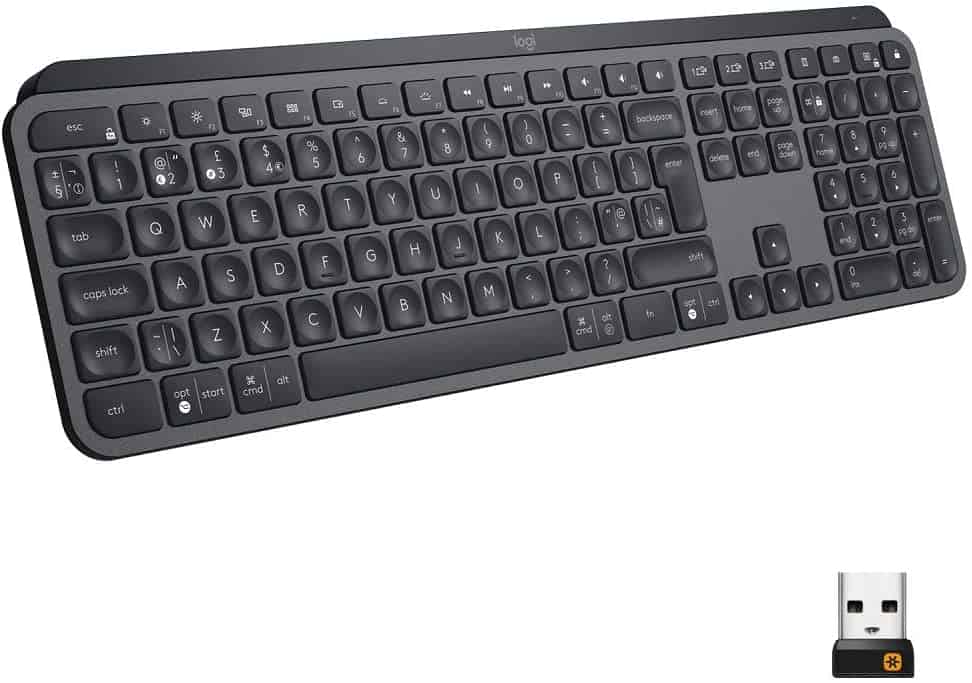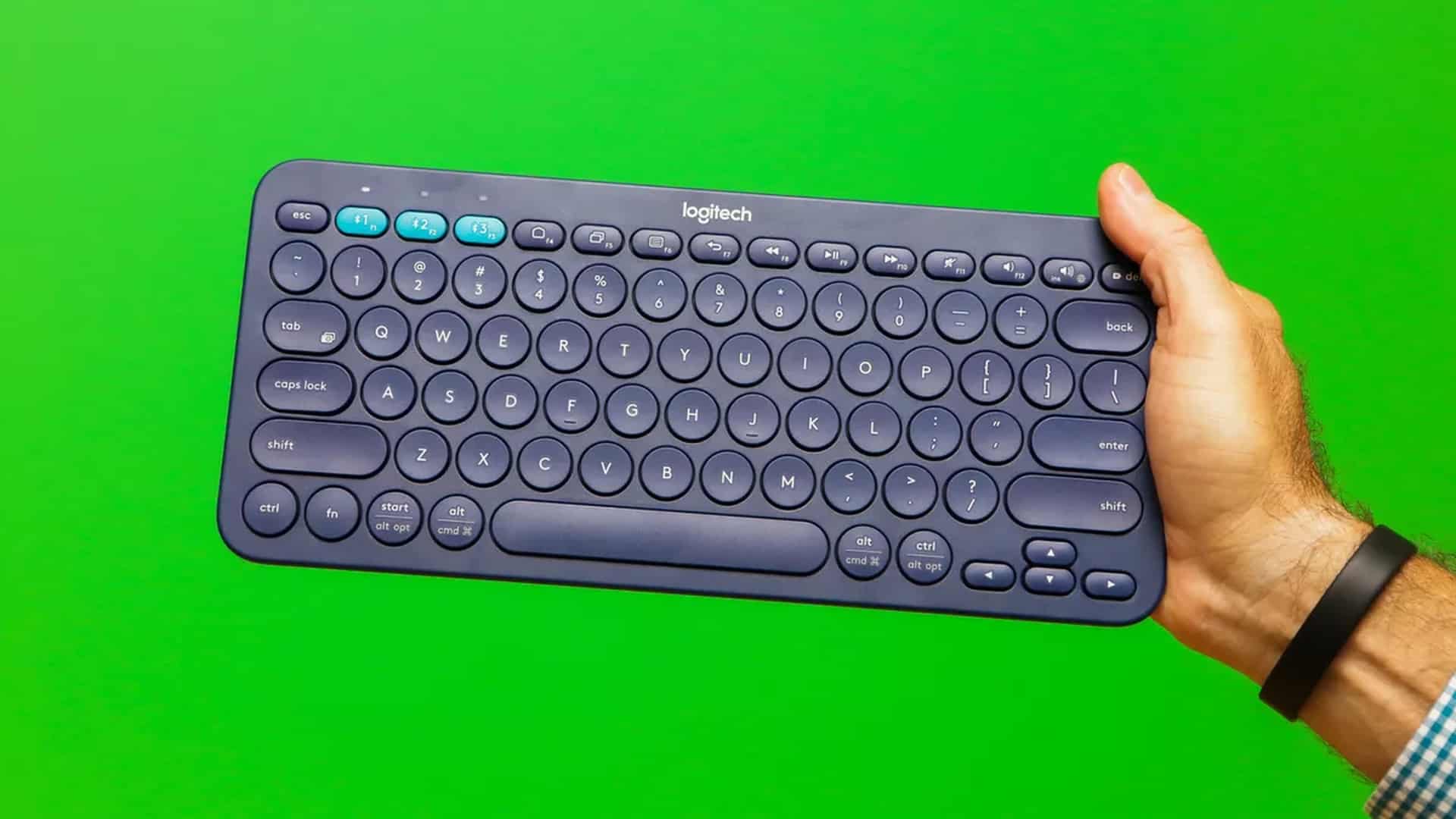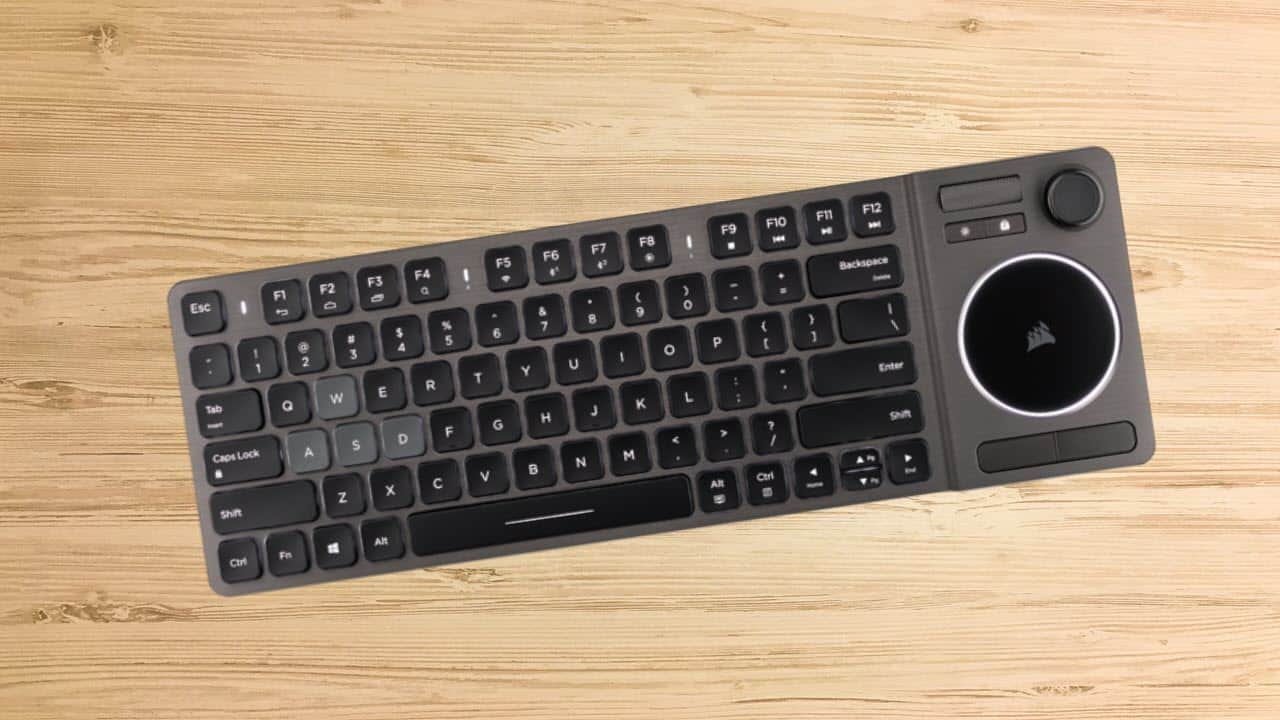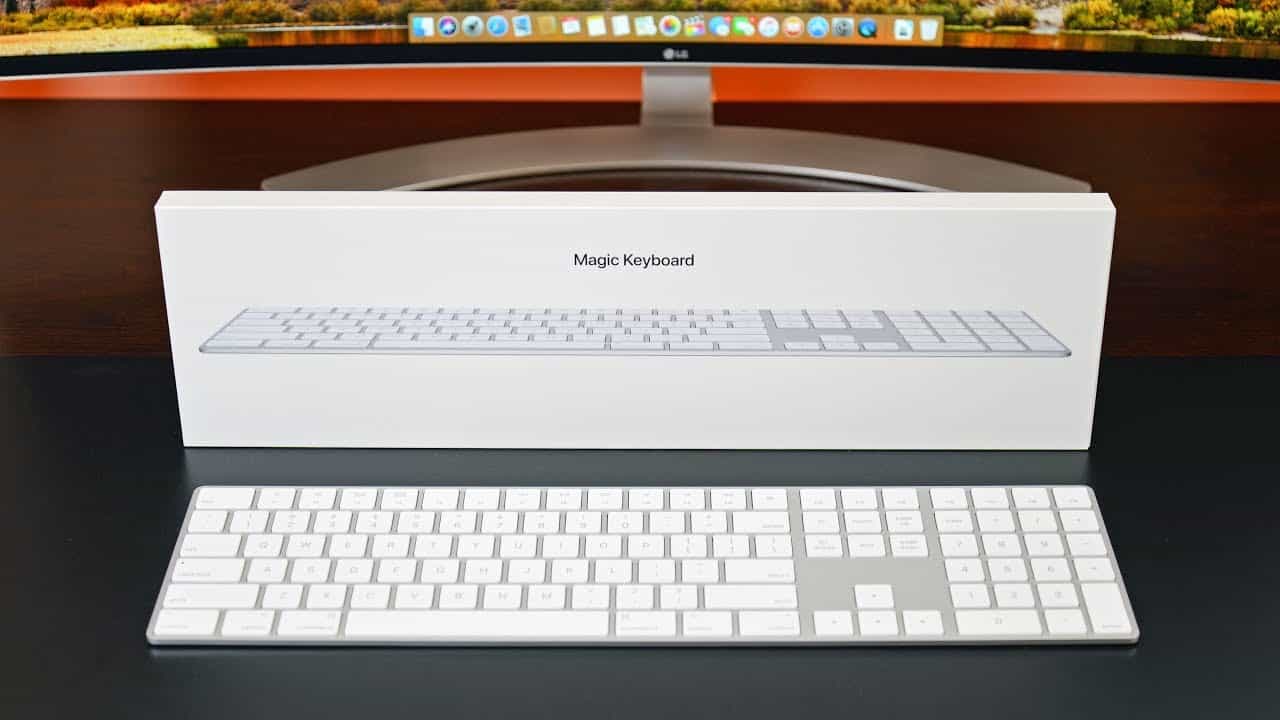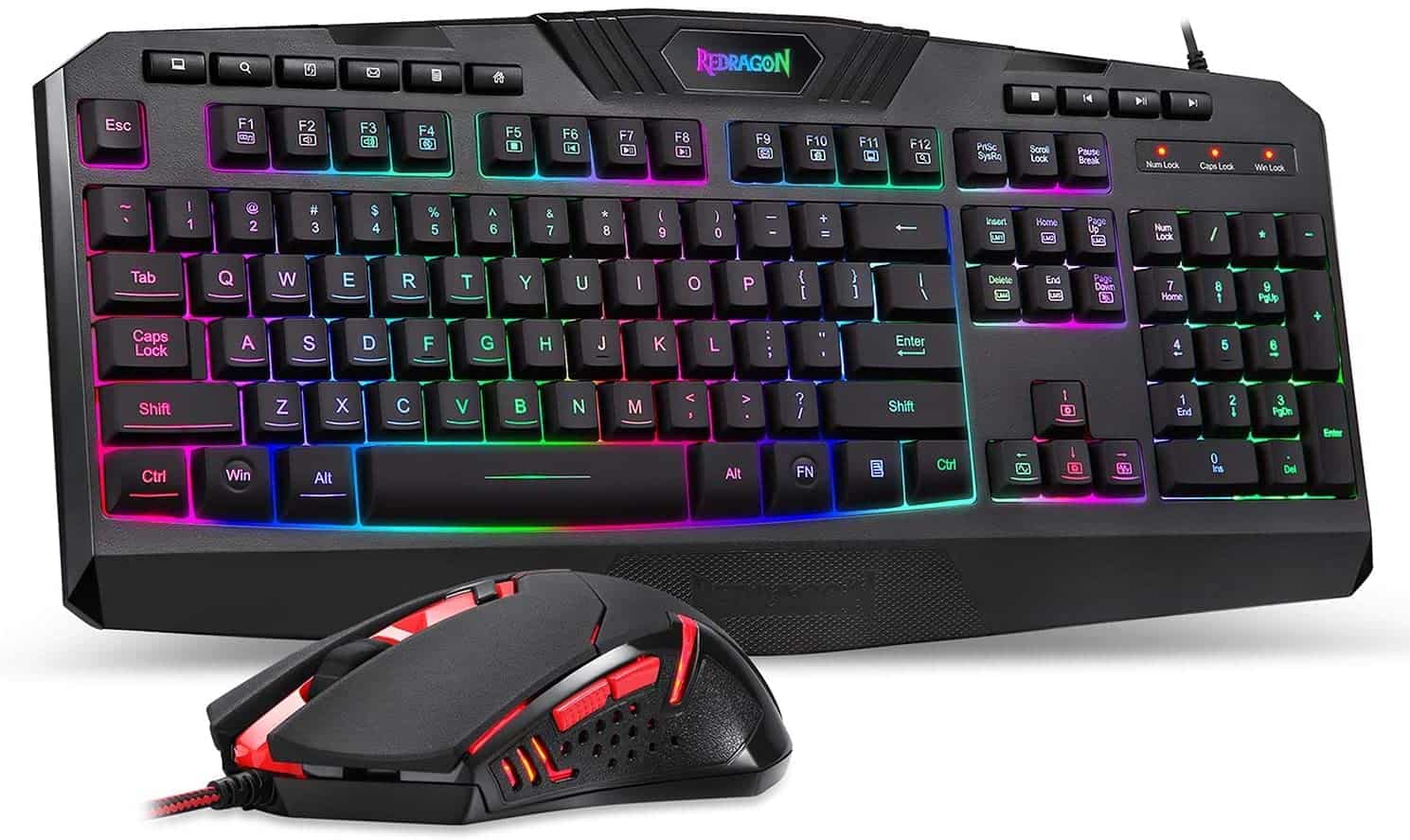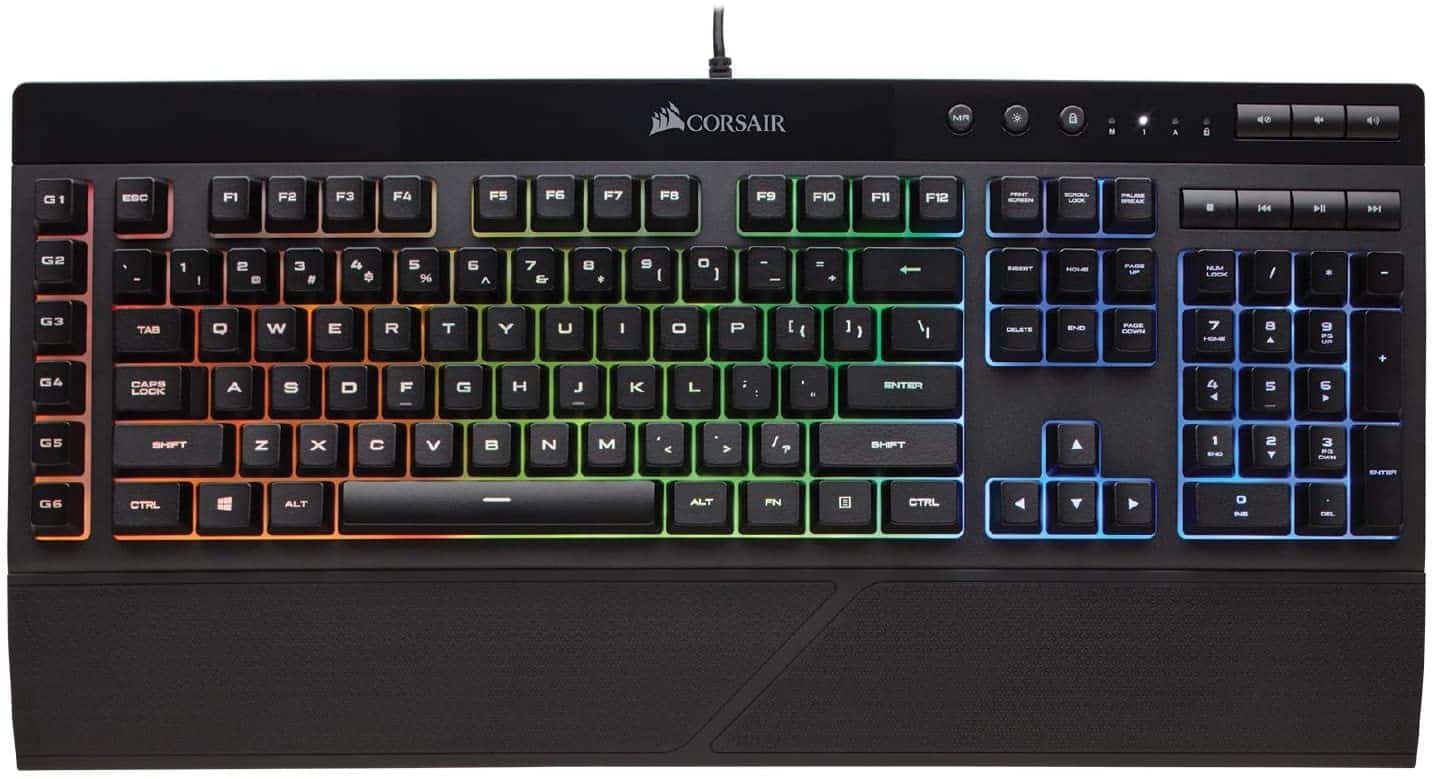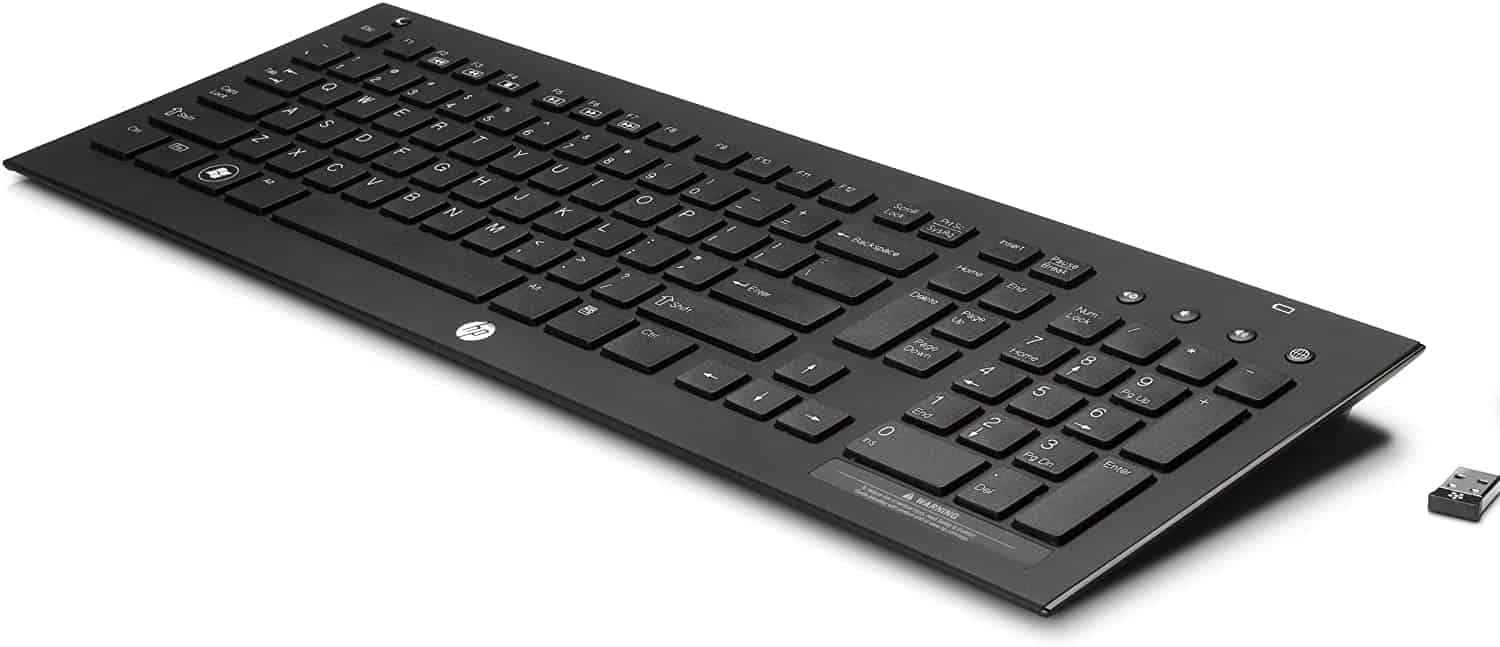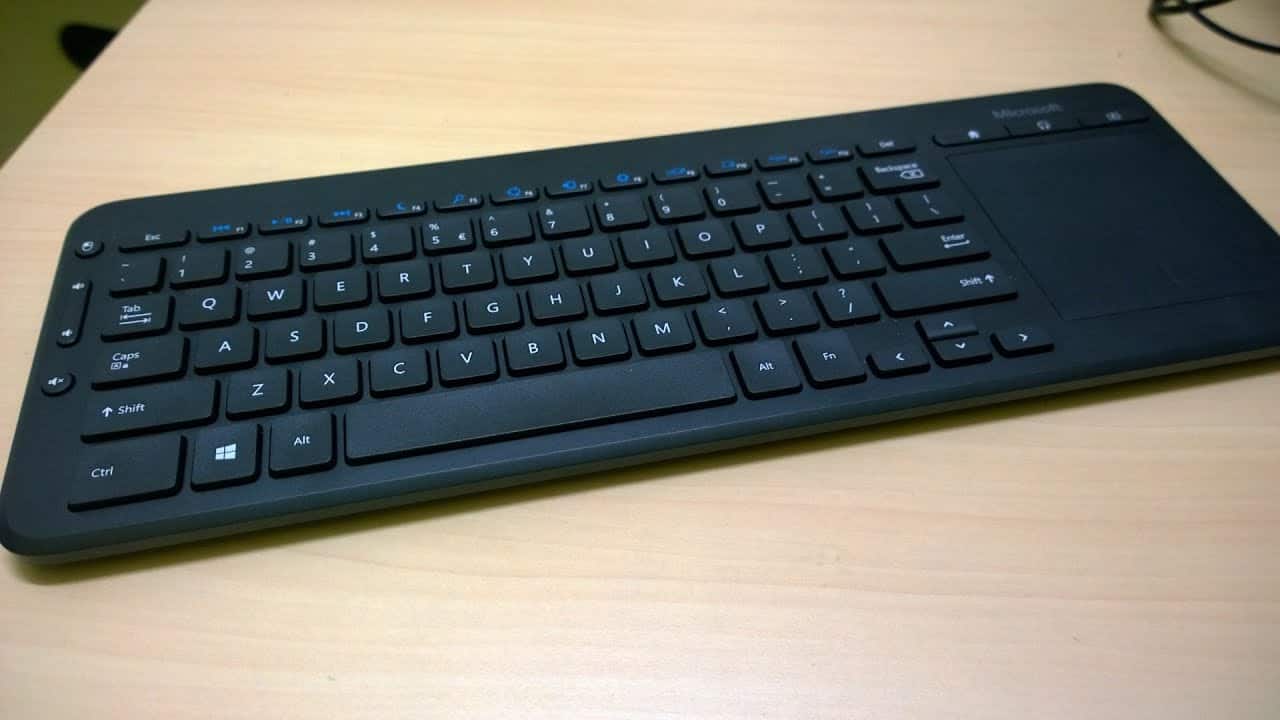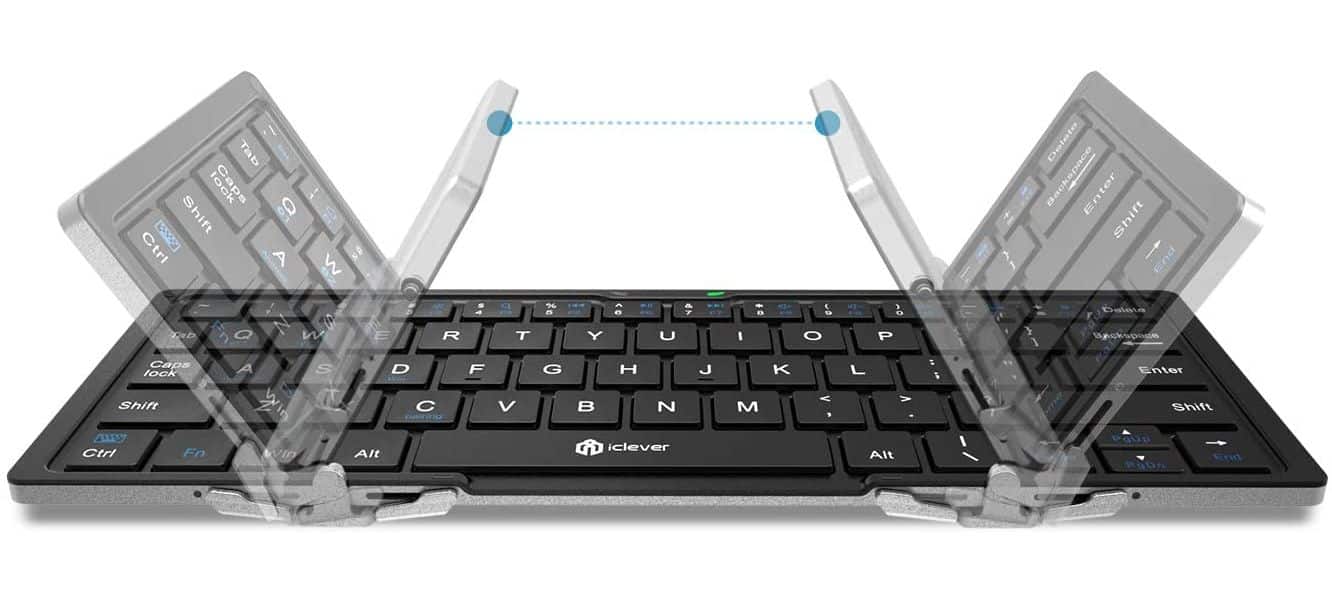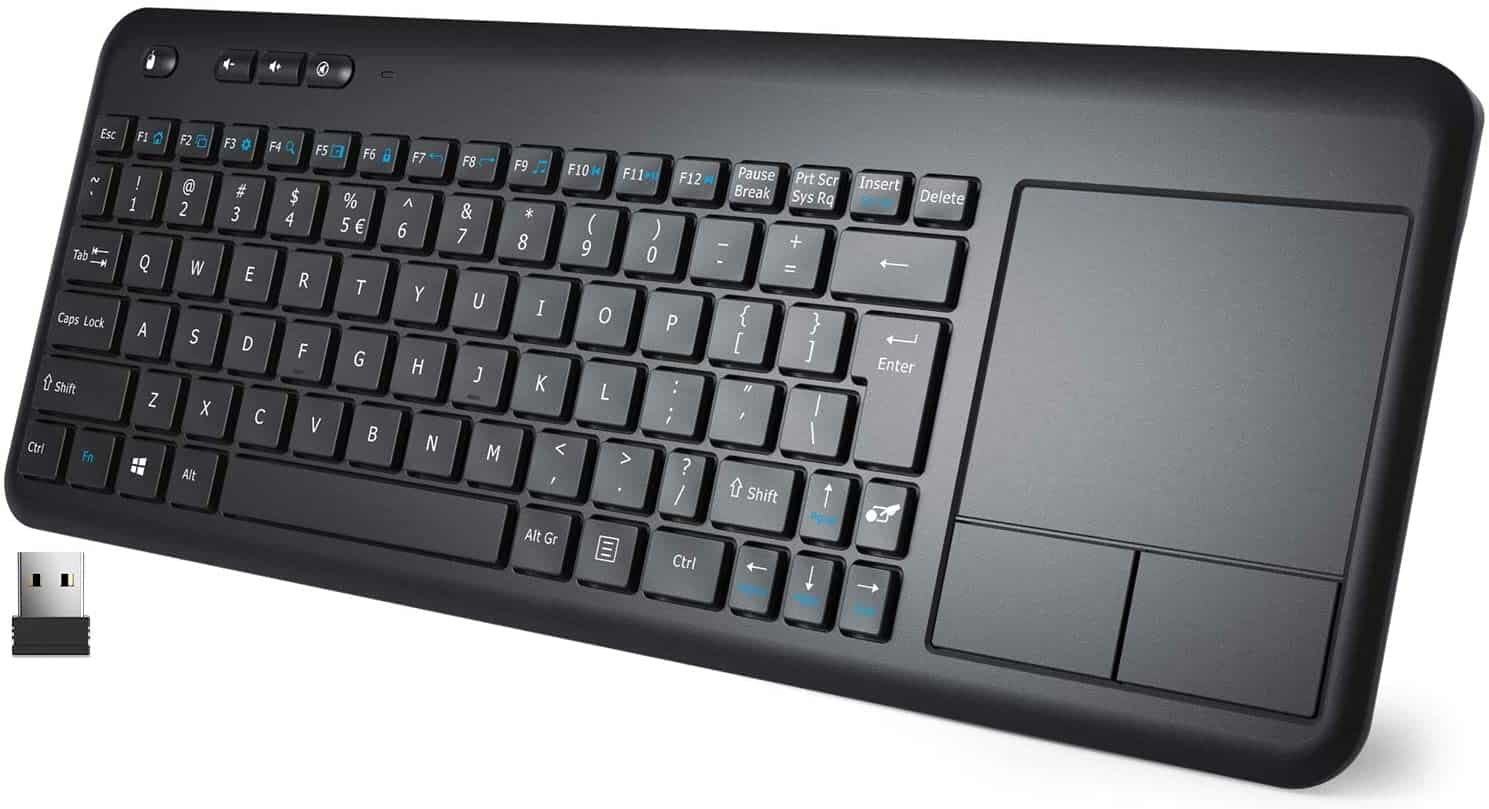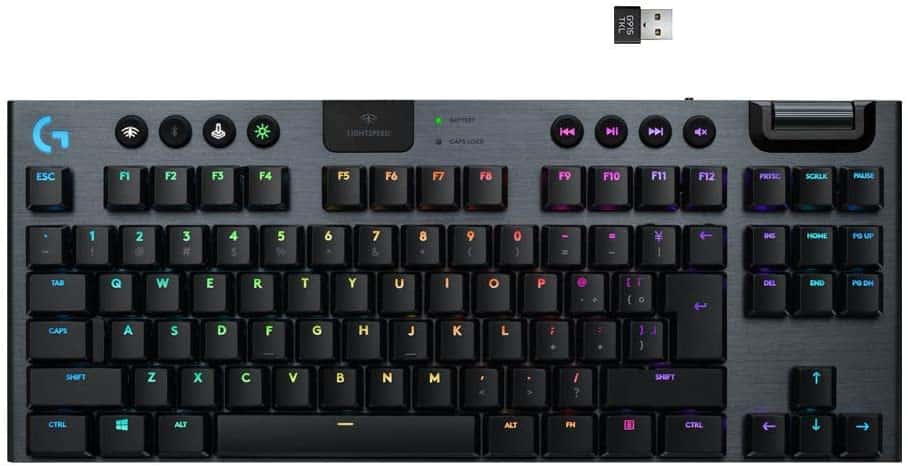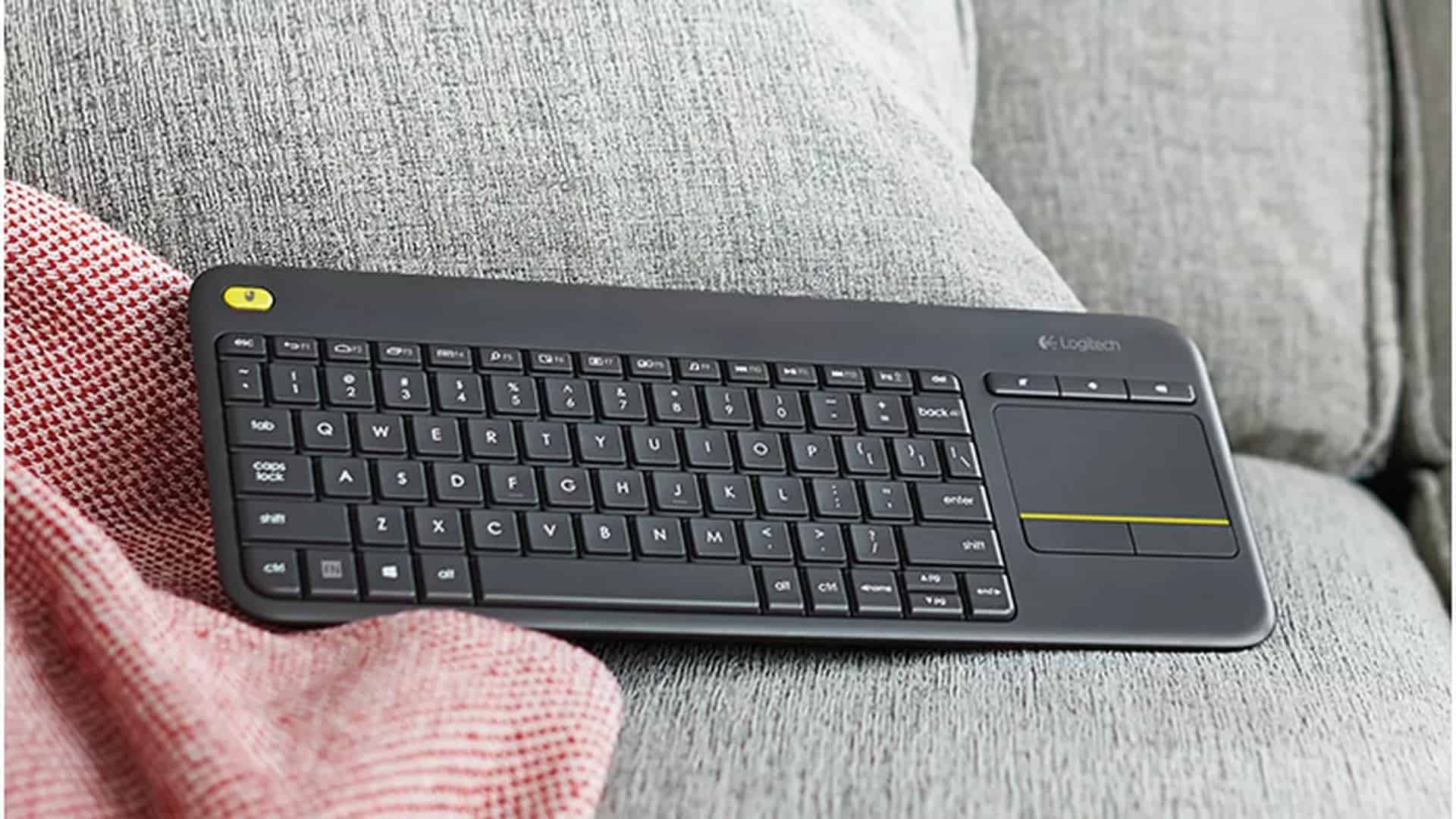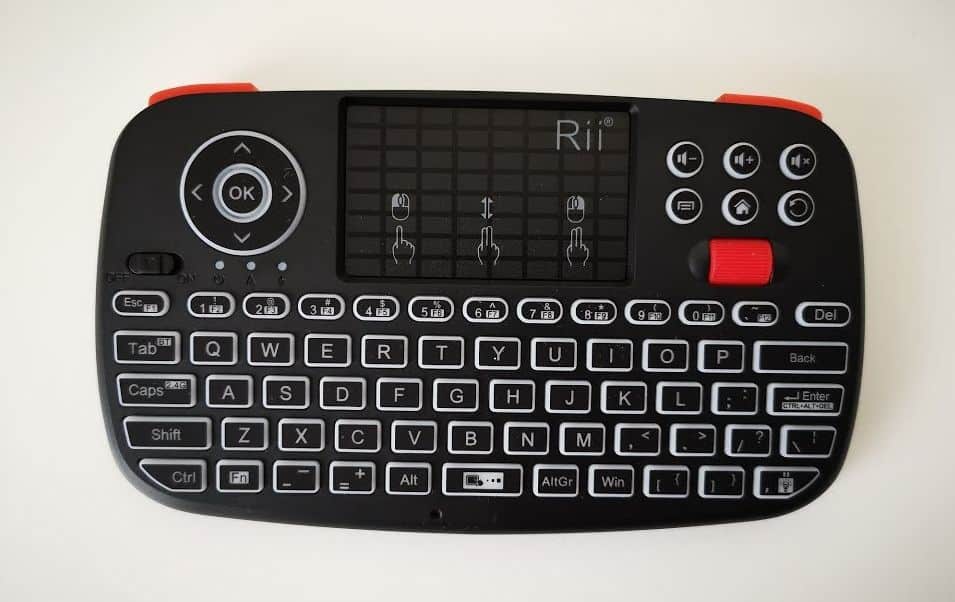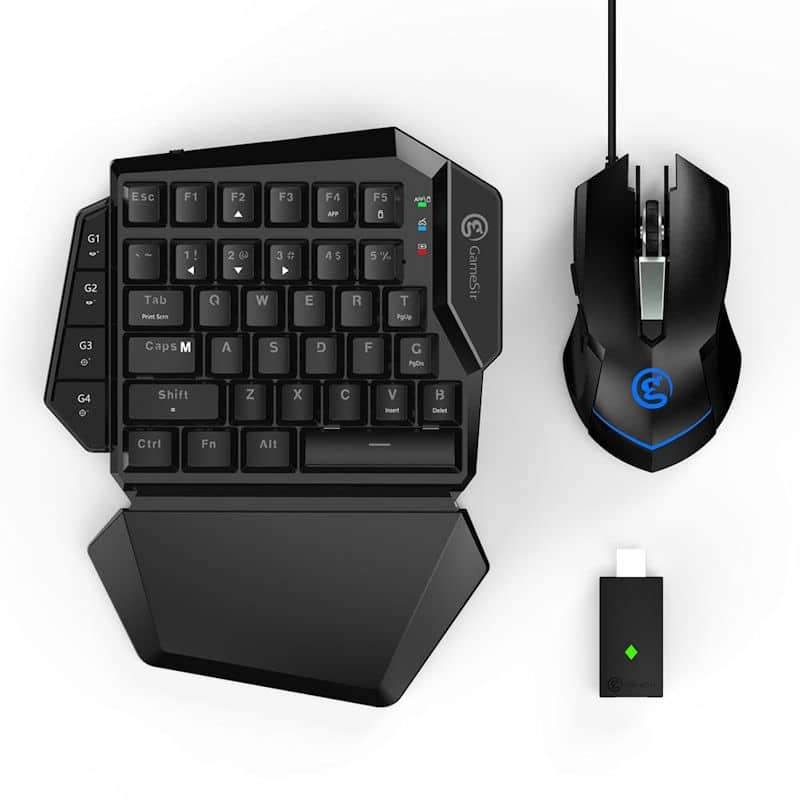If you are new to computer accessories, you may look to compare 65 vs 75 keyboards. Some of the best keyboards, after all, ship in one variation or the other. So what are the main differences between these two types and which is the best for your personal needs? Keep reading to find out.
KEY TAKEAWAYS:
- 65 and 75 keyboards, otherwise known as 65 percent and 75 percent keyboards, are smaller than traditional keyboard sizes and full-size keyboards.
- 65 percent keyboards are smaller, with a compact layout, and more portable than 75 percent keyboards.
- 75 percent keyboards, however, have function keys, which are a great resource for gamers and anyone else looking for shortcuts.
What’s the Difference Between 75 Percent and 65 Percent Keyboards?
The primary difference is size. Both of these keyboard types are smaller than traditional full-sized keyboards if you wonder how to choose a keyboard. So, with that in mind, a 65 percent keyboard is smaller than a 75 percent keyboard. Size is the biggest thing to consider, which is not the case when comparing a TKL vs a 75 percent keyboard.
Insider Tip
No matter which you choose, make sure the keybed is comfortable before you make a purchase.
Here is how that size difference shakes out between these two keyboard types.
Gaming and Function Keys
If you heavily rely on the function row of keys at the top of your keyboard, go for a 75 percent keyboard over a 65 percent model, as the latter lacks this function row. These function keys are especially important for serious gamers, who often assign shortcuts to these keys while playing their favorite games. It must be noted that many gaming-centric keyboards are vastly different if you are looking for the best Corsair keyboard, for instance.
Size and Portability
If you are looking to preserve desk space, or if you want a small keyboard to take along with you during your travels, go with a 65 percent keyboard. These smaller keyboards are extraordinarily compact with an ultra-small footprint. On the other hand, it is not as if 75 percent models are gigantic, they are just slightly larger than their 65 percent cousins. Both of these types of keyboards are smaller and more portable than full-sized traditional keyboards.
Cases and Accessories
Both of these types of keyboards are for a relative niche market, so they don’t offer much by way of third-party cases and accessories. This is changing, slowly, however, as more consumers choose to adopt other types of keyboards over traditional full-sized models. If we had to give the edge to one in this department, however, it would be 65 percent keyboards, as many 75 percent keyboards boast unique designs that are tough to find covers for.
F.A.Q.S
Who needs the function row anyways?
Gamers, in short, rely on the function row much more than the standard bottom row. Most gaming keyboards include a robust function row.
Why does size matter?
Size matters for specific applications, as some apps are better suited to full-sized keyboards and other larger keyboard sizes. Bigger keyboards boast larger key sizes, a dedicated arrow, and a function row.
Custom-built keyboard: the answer?
Many consumers opt for a custom keyboard to solve their unique needs. Many mechanical keyboards come in custom options, and these are useful, but often much more expensive than regular compact keyboards.
STAT: 100% keyboards are most common for people. With a numeric keypad, arrow keys, the main key area, as well as the Function area, this keyboard is divided into four parts. (source)
REFERENCES:
- https://www.keychron.com/blogs/news/keyboard-size-layout-buying-guide
- https://www.keyboardco.com/blog/index.php/2017/08/full-size-tkl-60-and-more-a-guide-to-mechanical-keyboard-sizes/
- https://geekhack.org/index.php?topic=64007.0r
- https://dotesports.com/hardware/news/keyboard-sizes-what-size-of-keyboard-is-right-for-you
- https://blog.wooting.nl/the-ultimate-guide-to-keyboard-layouts-and-form-factors/















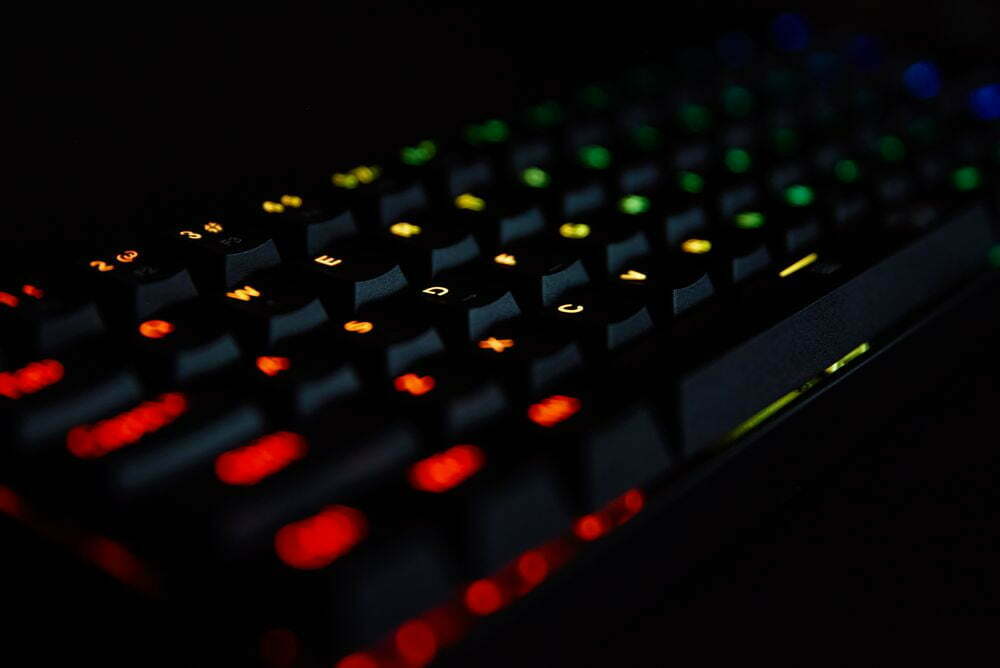
















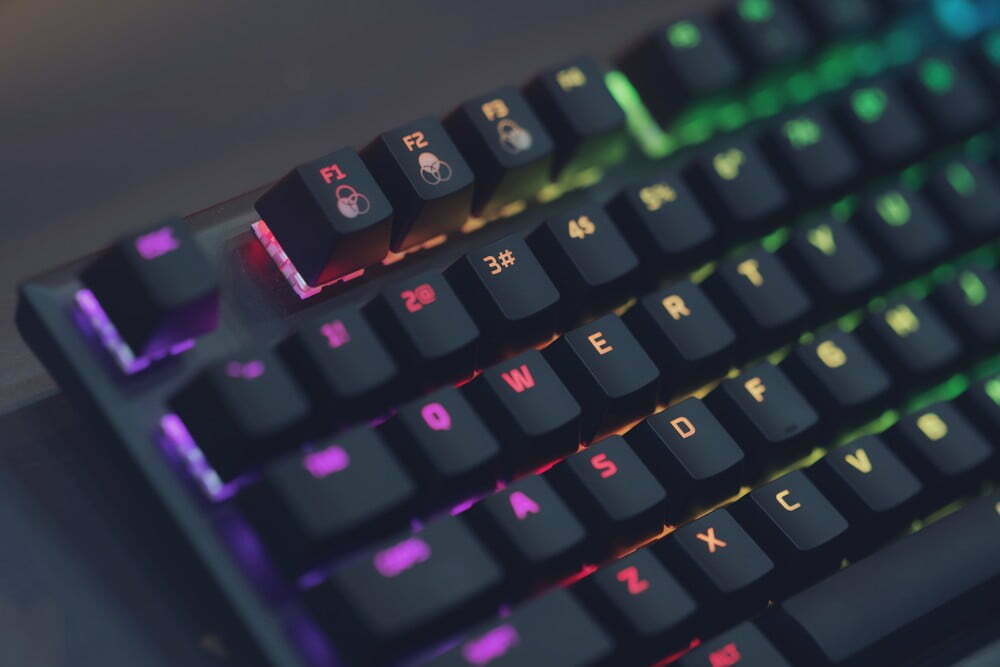

![Best Keyboard in [year] ([month] Reviews) 27 Best Keyboard in 2025 (December Reviews)](https://www.gadgetreview.dev/wp-content/uploads/best-keyboard-image.jpg)
![Best BenQ Monitors in [year] 28 Best BenQ Monitors in 2025](https://www.gadgetreview.dev/wp-content/uploads/best-benq-monitor-image.jpg)
![Best Computer Accessories in [year] ([month] Reviews) 29 Best Computer Accessories in 2025 (December Reviews)](https://www.gadgetreview.dev/wp-content/uploads/Computer-accessories.jpg)
![Best Wireless Keyboards in [year] ([month] Reviews) 30 Best Wireless Keyboards in 2025 (December Reviews)](https://www.gadgetreview.dev/wp-content/uploads/best-wireless-keyboards-image.jpg)
![10 Best Mechanical Keyboards for Typing in [year] 31 10 Best Mechanical Keyboards for Typing in 2025](https://www.gadgetreview.dev/wp-content/uploads/Best-Mechanical-Keyboard-for-Typing.jpg)
![10 Best Keyboards for Designers in [year] 32 10 Best Keyboards for Designers in 2025](https://www.gadgetreview.dev/wp-content/uploads/Best-Keyboard-for-Designers.jpg)
![10 Best Keyboards for Editing in [year] 33 10 Best Keyboards for Editing in 2025](https://www.gadgetreview.dev/wp-content/uploads/Best-Keyboard-for-Editing-scaled-1.jpg)
![10 Best Keyboards Android in [year] 34 10 Best Keyboards Android in 2025](https://www.gadgetreview.dev/wp-content/uploads/Best-Keyboard-Android.png)
![10 Best Keyboards for iPhone in [year] 35 10 Best Keyboards for iPhone in 2025](https://www.gadgetreview.dev/wp-content/uploads/Best-Keyboard-for-iPhone.jpg)
![11 Best Mechanical Keyboards in [year] 36 11 Best Mechanical Keyboards in 2025](https://www.gadgetreview.dev/wp-content/uploads/best-mechanical-keyboard.jpg)
![10 Best Membrane Keyboards in [year] 37 10 Best Membrane Keyboards in 2025](https://www.gadgetreview.dev/wp-content/uploads/Best-Membrane-Keyboard.jpeg)
![10 Best Ergonomic Keyboards in [year] 38 10 Best Ergonomic Keyboards in 2025](https://www.gadgetreview.dev/wp-content/uploads/Best-Ergonomic-Keyboard.jpg)
![10 Best Typewriter Keyboards in [year] 39 10 Best Typewriter Keyboards in 2025](https://www.gadgetreview.dev/wp-content/uploads/Best-Typewriter-Keyboard.jpg)
![10 Best Keyboards for Programming in [year] 40 10 Best Keyboards for Programming in 2025](https://www.gadgetreview.dev/wp-content/uploads/Best-Keyboard-for-Programming-1.jpg)
![10 Best Chiclet Keyboards in [year] 41 10 Best Chiclet Keyboards in 2025](https://www.gadgetreview.dev/wp-content/uploads/Best-Chiclet-Keyboard.png)
![10 Best Hot Swappable Keyboards in [year] 42 10 Best Hot Swappable Keyboards in 2025](https://www.gadgetreview.dev/wp-content/uploads/Best-Hot-Swappable-Keyboard.jpg)
![10 Best Quiet Keyboards in [year] 43 10 Best Quiet Keyboards in 2025](https://www.gadgetreview.dev/wp-content/uploads/best-quiet-keyboards.jpg)

